What is an 'affordable' race bike these days? And what to look for when shopping for one
How much speed can you buy? And how much do you really need?
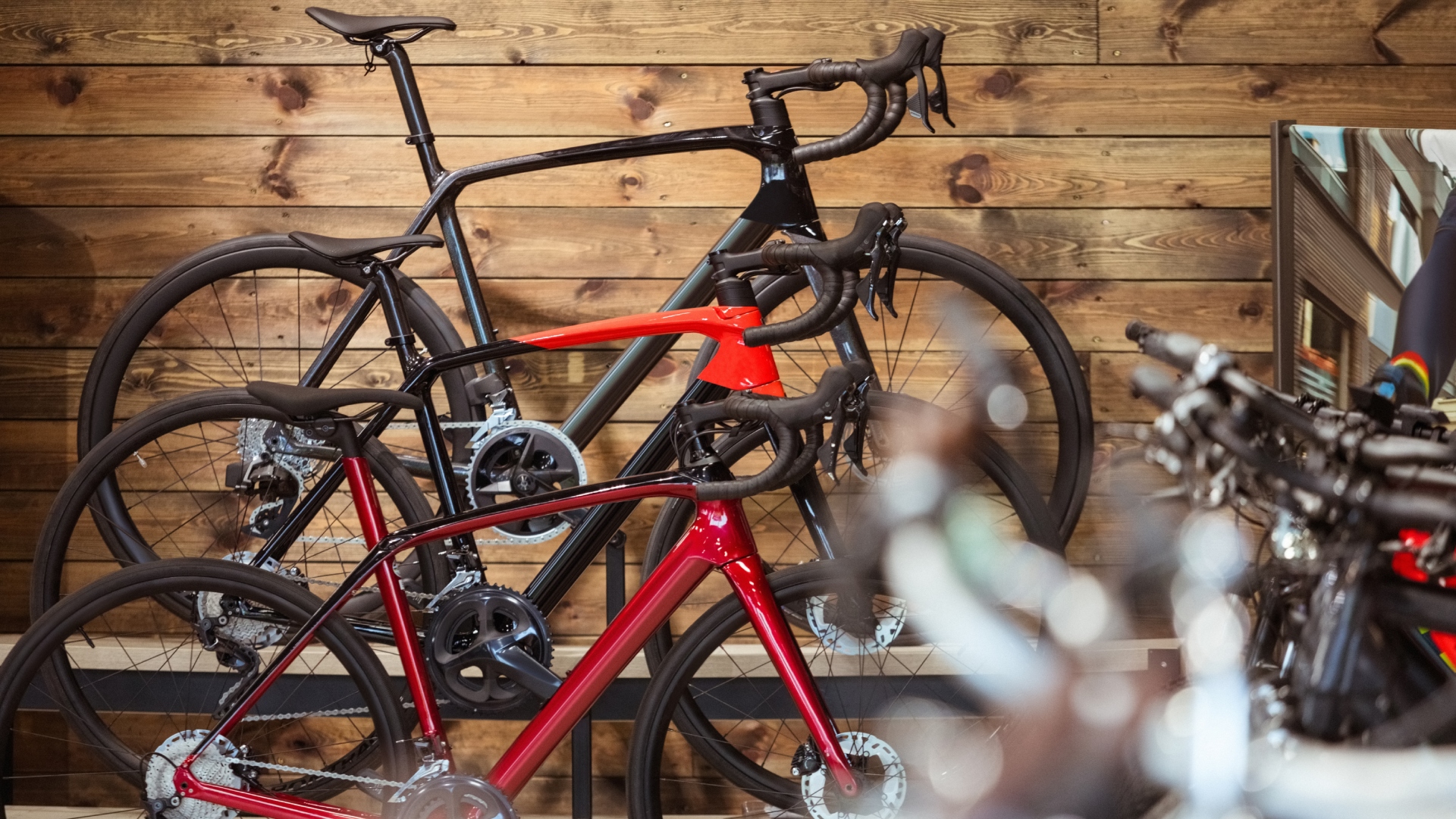

Here’s one for the ages: What constitutes an affordable race bike? How one answers said question hinges in part on where the emphasis is placed. That is to say, “what is an affordable race bike?” means something different than “what is an affordable race bike?” Not to mention that affordable is very much a relative term. Enough semantics for you?
When I first started racing road bikes in the early 2010s, there were several affordable aluminium race offerings available on the market. The gold standard at the time was Cannondale’s CAAD10, which could be purchased with Shimano 105-level components and serviceable, if heavy, aluminium wheels for around $1500 USD (∼£1200).
This was an era fixated much more on weight than aerodynamics, and while this setup may not have been as light as the top-end bikes of its time, it was capable enough to race and train on for beginners and elite racers alike. I have owned four different aluminium Cannondales over the years and remain a fan of inexpensive aluminium bikes for both their durability and low cost-to-fun ratio.
Adjusting for inflation, the $1500 (∼£1200) that was enough to equip new riders back then is closer to $2200 (∼£1700) in today’s money. The question is: Can you buy something comparable to that amount now?
Bear in mind that cycling has changed a lot in the last 15 years. The laws of aerodynamics are better understood in racing and, as a result, better thwarted. Disc brakes have become ubiquitous, allowing for wider tyres to become the norm and rims to move out of the “wear item” category.
Furthermore, it’s worth keeping in mind that amateur racing isn’t professional racing and will always be more about legs than equipment. Buying a pro-level bike won’t make up for fitness, nor will it teach you the racecraft, positioning, or good reflexes. There will always be some insanely strong junior racer on the line ready to beat a bunch of experienced riders—or crash them out trying. So, while having a pricey bike certainly isn’t a bad thing, riding the latest and greatest isn’t going to translate into guaranteed results either. Also, it’s not a bad idea to own a bike that can survive a tumble or two.
So what about the bike?
The latest race content, interviews, features, reviews and expert buying guides, direct to your inbox!
Unfortunately, race-able $1500 (∼£1200) bikes are no longer easy to come by, unless you buy something used (in which case there are a great many, especially if you consider rim brake options which are still perfectly capable of being raced at a high level), but there are several good options for a little bit more money.
And there are perhaps more similarities between these new entry-level racers and the aforementioned CAAD10 than there are differences: by and large, the offerings in this category feature an aluminium frame, mechanical shifting, and slightly overweight aluminium wheels. Also included (in addition to the aforementioned inflation) are some helpful aero considerations, disc brakes, and wider tyres. Here are some specific things to look for:
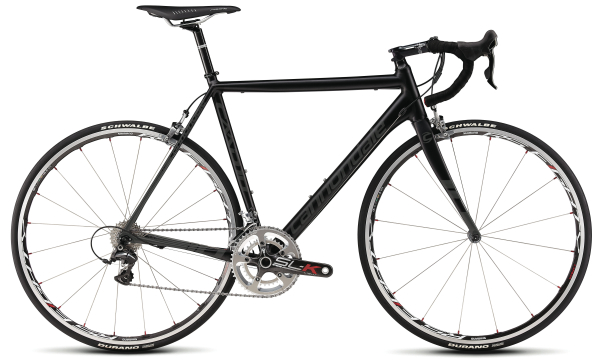
Durability
Without a pro mechanic washing and tuning your bike every day, you want something well-designed that will perform day in and day out. Amateurs typically race and train on the same bike, so it needs to be able to withstand mileage. In road racing, crashing is inevitable. As such, making equipment choices that can withstand some impact is prudent. Things like sturdy handlebars and wheels you can afford to replace will help keep you on the road.
Simplicity
Invisible cables look fast, but if you need to swap a bar or stem, either for fit reasons or after a crash, you’re looking at significant cost and time to replace hydraulic lines and cabling. Exposed cables are a small aerodynamic price to pay for ease of service and part swaps. Electronic shifting may help in that department, but the initial cost savings of mechanical parts, plus the much more affordable cost of replacements, make mechanical components a safer bet. Electronic shifting is, by and large, excellent, but entry-level parts are heavy.
Component quality
Most bikes in this category are specced with Shimano 105, which is an excellent groupset. While lower-tier parts are perfectly adequate for casual riding, I wouldn’t suggest stepping down to Tiagra for a bike that will be raced. For more serious racing, stock wheels will need upgrading to benefit from improved aerodynamics and lighter weight, but starting out with a set of wheels from a reputable manufacturer that stand up to big mileage will put you in good stead.
Which bikes fit these criteria?
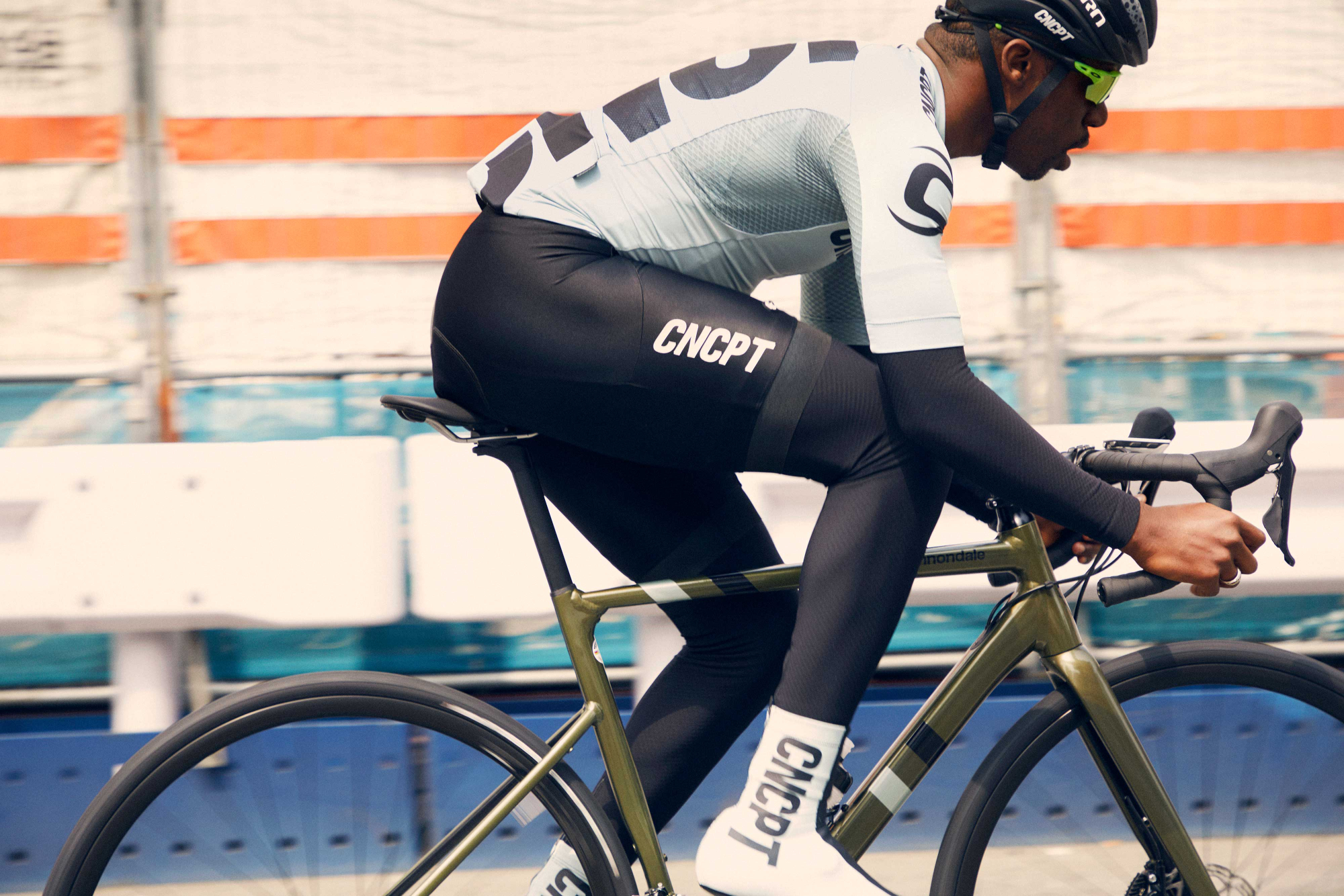
First up is the CAAD10’s descendant, the CAAD13. It features dropped seat stays, clearance for 30 mm tyres, Shimano's 105 groupset and fender mounts. The retail price is $2325 USD/£2250.
Trek’s Emonda ALR 5 is even cheaper at $2,299 USD/£1,850. It features partially hidden cabling (but not fully integrated) and impressive aerodynamic shaping. Trek keeps costs down with a mostly in-house Bontrager spec.
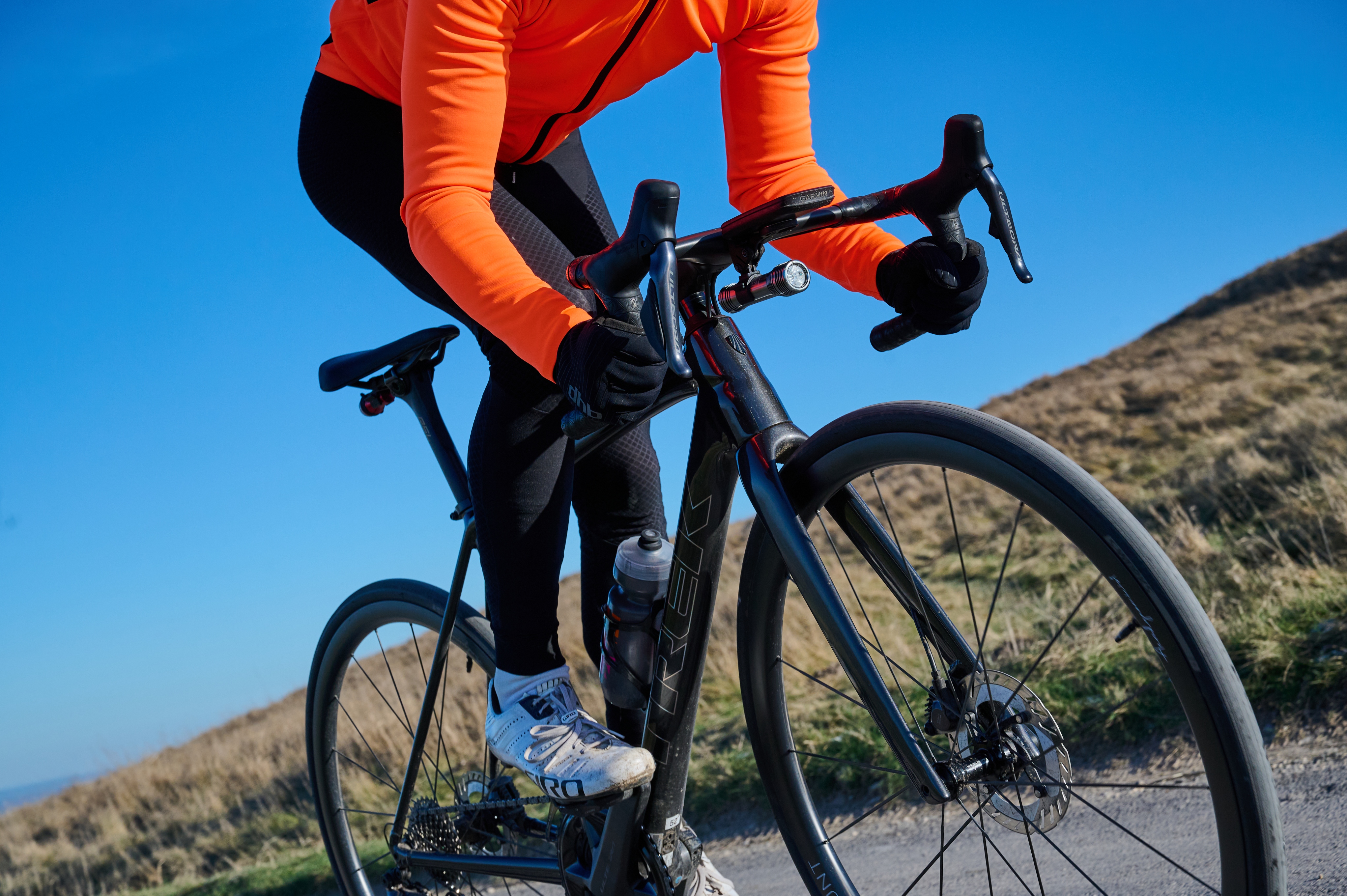
For a little bit more money, there’s Specialized’s Allez Sprint Comp. It has a similar form factor to the Tarmac SL7 (only recently superseded by the SL8 model) and full 105 groupset. Price: $3000 USD/£2,900.00.
If you’re interested in trying out a carbon bike, you’d be hard-pressed to find a better deal than the Giant TCR Advanced 2 Disc at $3300 USD/£2,699.00. This is a full-on race model with all the bells and whistles for a very reasonable price.
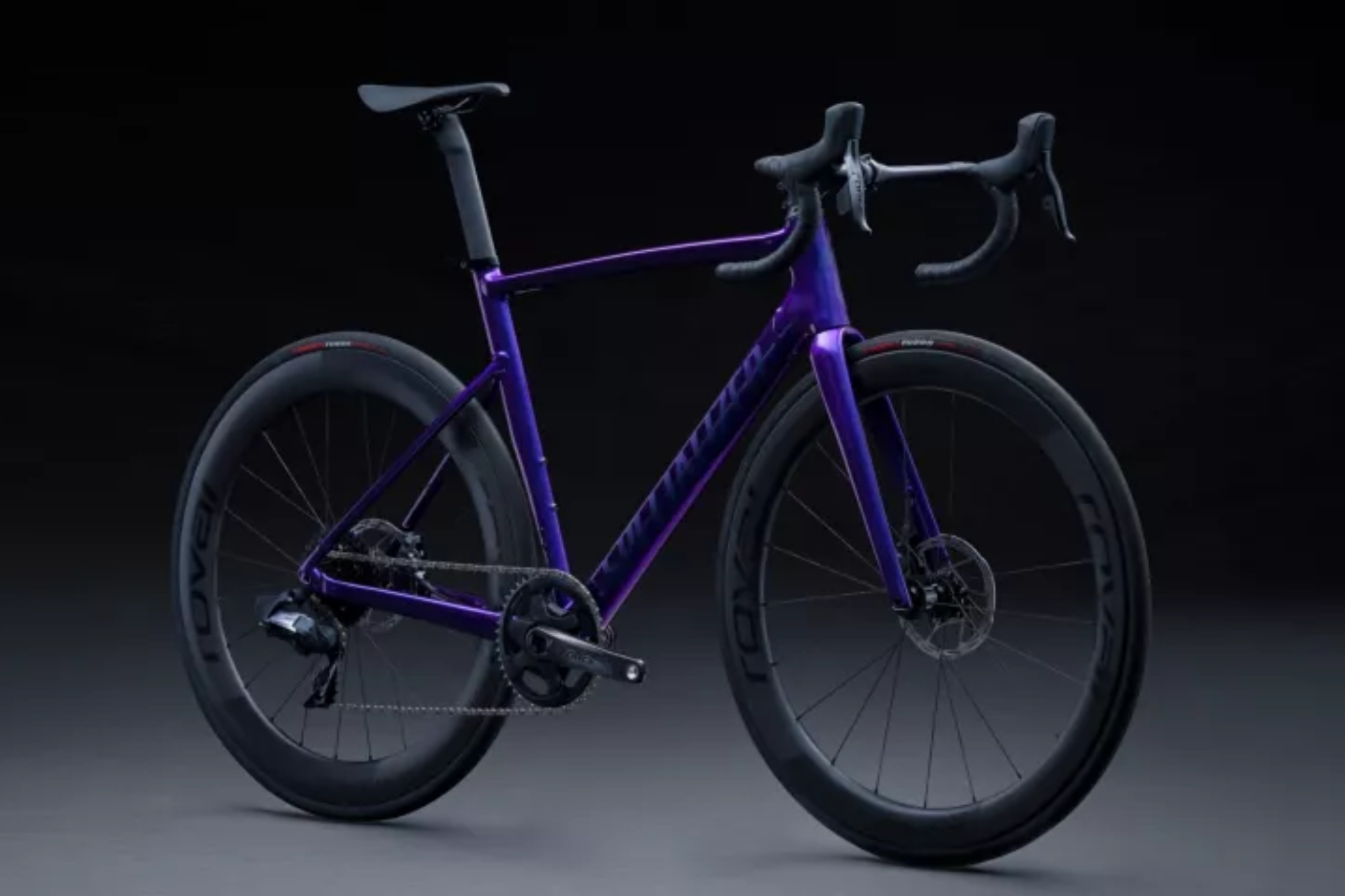
So there you have it. Sure, race-able bikes aren’t exactly cheap, but with inflation accounted for, prices haven’t risen that much, and I would argue that there’s a lot of value packed into a $2300/£1850 bicycle. There are certainly some compromises made to reach this price point, but they absolutely do not prevent the bike from being ridden and raced hard. Pro-level bikes can cost five times that amount, or more, but do not go five times as fast.
If $2300/£1850 is too much for you (which is a perfectly reasonable reaction to have) then all is not lost. Good used bikes are an option, and can fairly easily be purchased for half that amount, or less. Many rim brake bikes weigh less than modern disc bikes too.
And if you want to spend more, that’s ok, too. There are mid-range bicycles on the market with frames identical to those ridden by professionals but with lower-tier parts. If you want a carbon bike with the full aero treatment and electronic shifting, that’s an option, and there are several excellent ones in the 4-6k range.
There are things I think are worth spending a bit extra on: higher-end shoes, good bib shorts, and a helmet that fits well. Cycling can be a very expensive sport, but it doesn’t have to be. If your bike fits you and you enjoy riding it, you’re doing it right. New bikes are very nice, but a CAAD10 can still mix it up with the best of them.
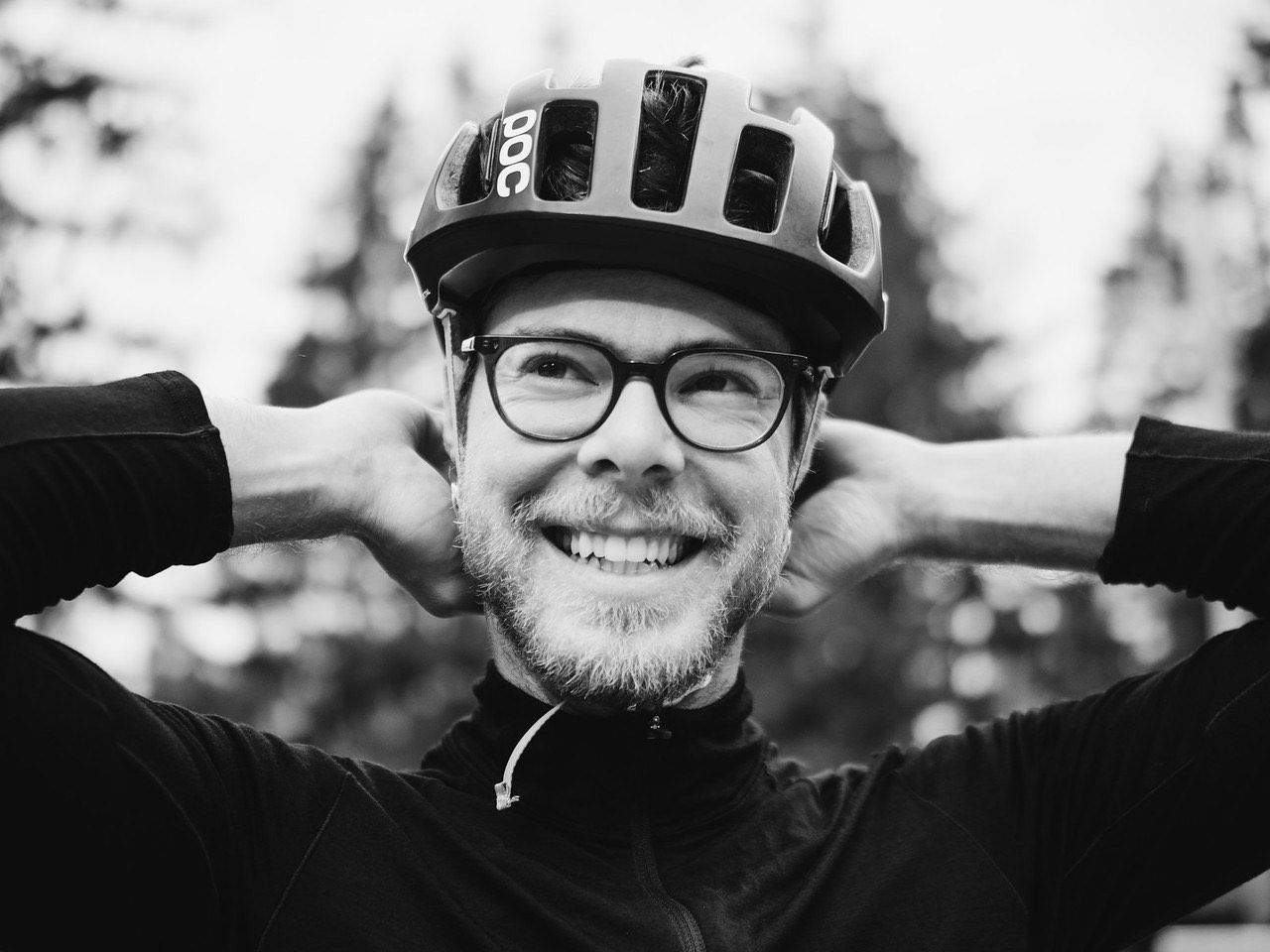
Tyler Boucher is a former (and occasionally still) bike racer across several disciplines. These days, he spends most of his time in the saddle piloting his children around in a cargo bike. His writing has appeared in magazines published in Europe, the UK and North America. He lives in Seattle, Washington.